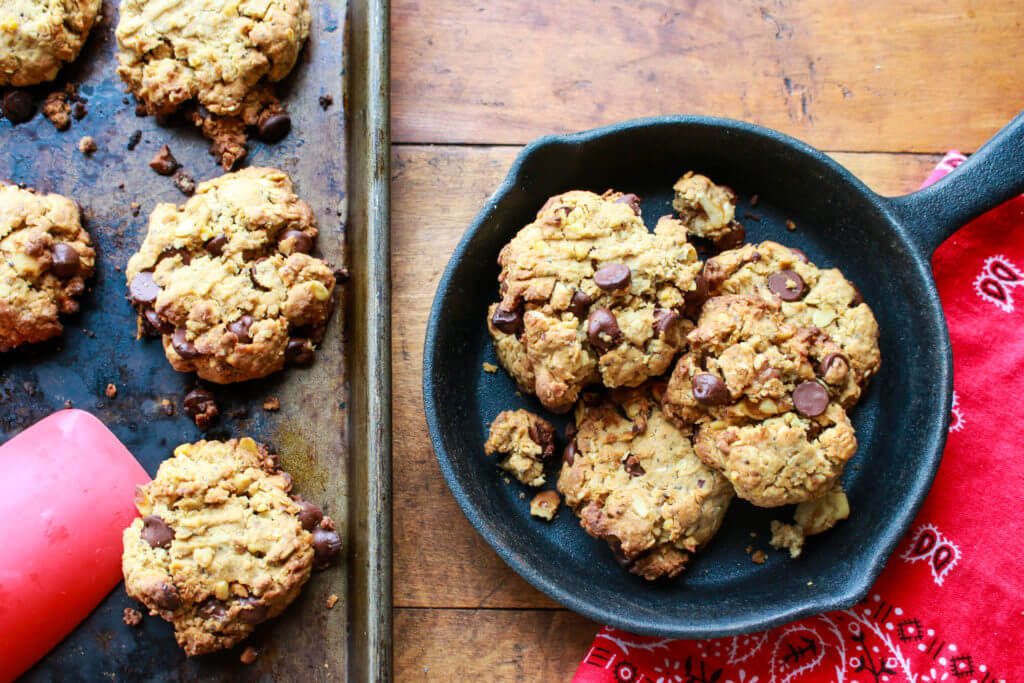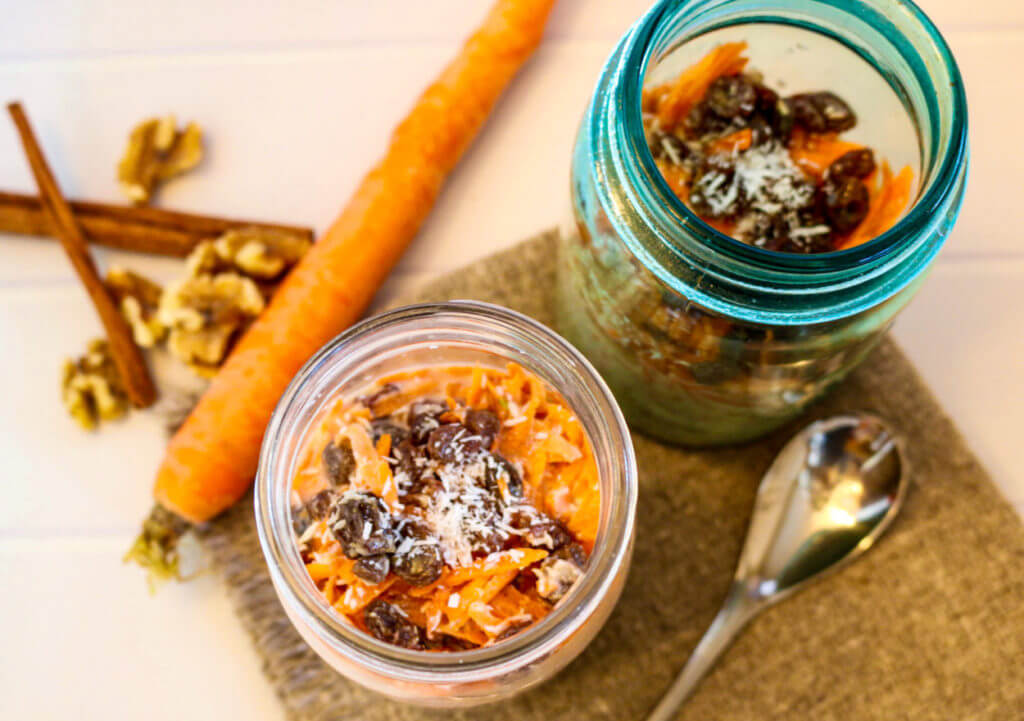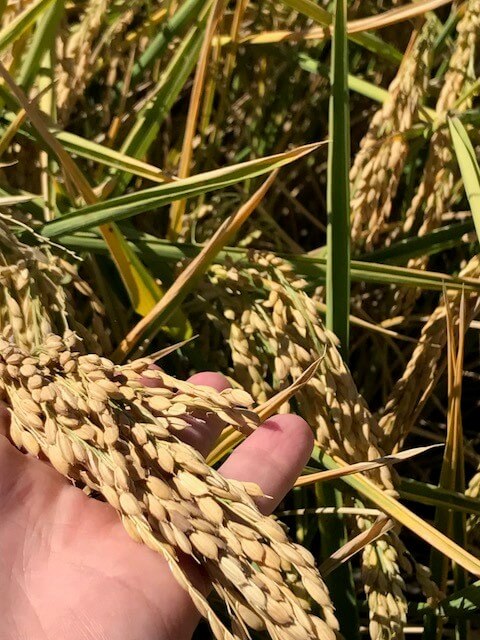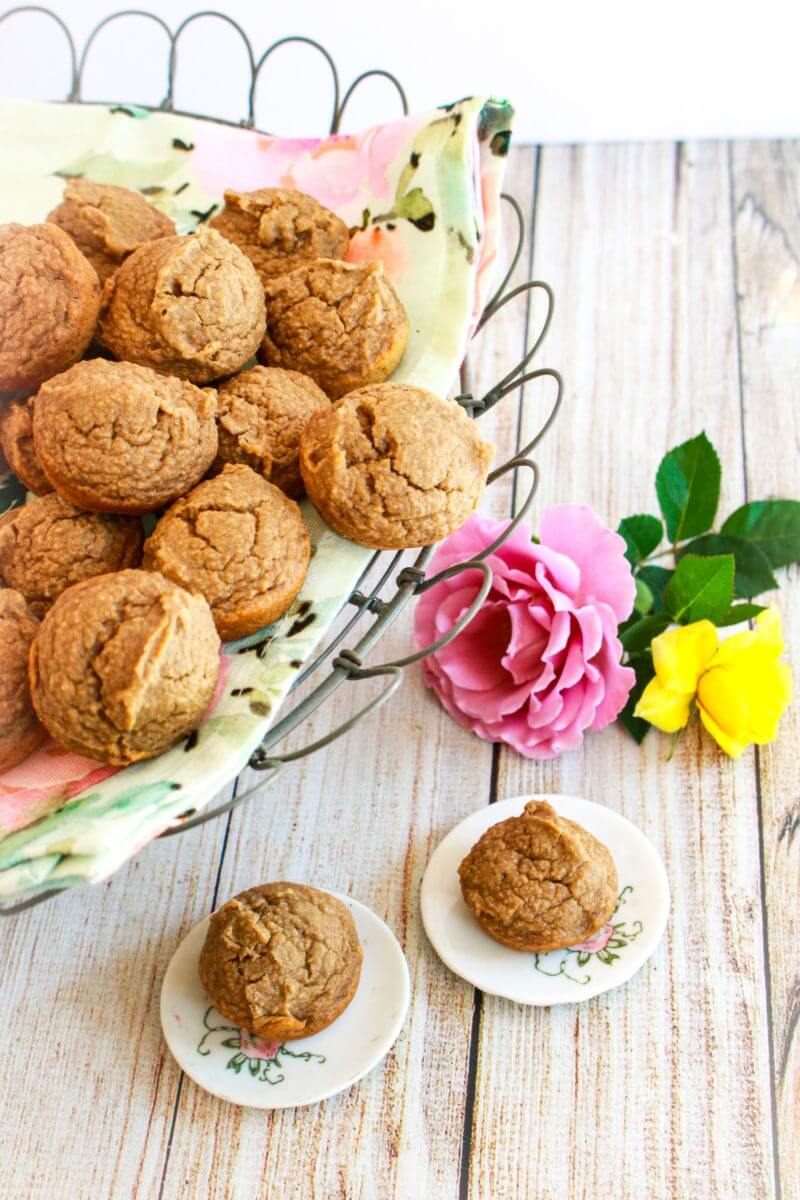Boost Whole Grains for Kids

Boost whole grains in children’s diets for optimal health with these top expert nutrition tips.
Boost whole grains for kids by serving them wholesome whole grains at every meal, right beside fruits and veggies. There are so many ways to bring these nutritional powerhouses—so important for a growing tot’s optimal nutrition and health—to the plate. Encouraging children to eat and learn to love whole, nutrient-dense foods is one of the most loving and impactful gifts we can give them. Along with vegetables and fruit, whole grains should be an integral part of a child’s meals. Whole grains deliver a host of fiber and nutrients that are so important during this phase of rapid growth and development, not to mention the fuel to keep up with a kid’s boundless energy! Research shows that diets of children who eat whole grains are associated with higher nutrient intake and significantly better diet quality compared with those who do not eat them. Yet, too few children are eating whole-grain varieties of foods, which means they’re missing out on the bulk of whole grains’ goodness. Starting kids off with whole grains nourishes them with what they need today and sets the foundation for a lifetime of healthy eating.

Why Whole Grains from the Start?
Right after mother’s milk or infant formula, baby’s first food experiences should include whole grain cereals, such as rice, oats, and quinoa. We want their first foods to be pure, wholesome, and nourishing, just as nature created them—and that doesn’t change when they become toddlers. In fact, it’s even more important as little ones become active participants in mealtimes. This continues right on throughout childhood. Offer them whole grains—whole grain cereals, breads, and intact grains—whenever possible, because they pack so much more nutrition than refined grains. While all grains are made up of three parts: the outer fiber-rich bran filled with B vitamins and minerals; the micronutrient-rich germ, which contains B vitamins, vitamin E, phytochemicals, and healthy fats; and the starchy endosperm, which has some proteins and vitamins, only whole grains keep all three intact. Refined grains (such as white bread, white pasta, and white rice) contain only the endosperm. The bran and the germ contain the most nutritional punch, packing important dietary fiber, vitamins, minerals, and plant compounds associated with health benefits.

Whole grain consumption has been shown to have many protective effects, including reduced weight gain and risk of obesity, type 2 diabetes, some cancers and cardiovascular diseases. The Dietary Guidelines for Americans recommends children between the age of one and 18 years eat 1.5- to four-ounces of nutrient dense foods such as whole grains, half of which should be whole grains, to increase dietary fiber, ensure normal gastrointestinal function (like avoiding constipation), and prevent chronic diseases.

Explore the variety of whole grains out there—from familiar oats and brown rice to less familiar amaranth and teff—and enjoy experimenting with them as substitutes for your go-to grains or trying something completely new. The goal is to offer them as often as possible and to enjoy them as a family so children become familiar with them, developing a taste for, and eventually, a love for this healthy food group. There are many convenient packaged foods made with whole grains. Kids love to nosh on whole grain cereals, crackers, muffins, and snacks. Just check the labels to be sure they’re made with whole foods with no preservatives or artificial ingredients.

Research shows that even 2- and 3-year-olds are eating too few nutrient-dense foods, including fruits, vegetables, and whole grains. However, they are eating too much saturated fat and sodium, which are largely in the form of snacks. For example, the most commonly consumed vegetable was French fries and on the day of a 24-hour dietary recall, nearly 90 percent of toddlers consumed a sugar-sweetened beverage, dessert, or salty snack, while 30 percent did not eat even one serving of vegetables or fruit. When it comes to grains, almost all of the 2- to 3-year-olds consumed some type of grain or grain product, and nearly 60 percent ate a food containing at least 50 percent whole grain. However, of the most commonly consumed foods, such as cereals, pretzels, crackers, pancakes and pasta, very few children ate the whole grain varieties.
Choose those whole grain varieties of your tyke’s favorite snack foods, being sure to check the ingredients label to be sure they contain whole grains.

Strategies to Serve More Whole Grains
It doesn’t take a lot of effort to ramp up your child’s whole grains intake. Check out these simple, kid-pleasing ideas to boost whole grains for young kids.

Swap the Pasta! Choose whole grain varieties of pasta—whole wheat, quinoa, barley, buckwheat—over white pasta in kid faves like spaghetti. The sauce and toppings keep it familiar enough that they’ll give it a try and probably not even notice a difference.

Kick Up the Sides. Switch out plain white rice as your go-to side or stir-fry base with a whole grain like farro, quinoa, or brown rice and ramp up the fiber and nutritional value in a snap.

Bake & Switch. The next time your tot craves a homemade baked favorite, switch out part of the white flour with whole wheat, oatmeal, or buckwheat flour and bake up a batch of whole grain muffins, cookies, pancakes or waffles that will satisfy you both. Try my recipe for Berry Yummy Oat Baby Muffins, or Cowboy cookies pictured above.

Sell ‘em on Cereal.Kids already love whole grain oats, so it’s easy to serve a bowl with nutritious toppings like fruit and nuts. Why not offer a bowl of grits, quinoa, or cream of wheat? You can start by mixing a new whole grain into a familiar one.

Always Opt for 100% W.G. Anytime there’s an option to choose a whole grain product, go for it! Whole grain breads for sandwiches, whole grain pita and English muffins for pizza crust, tortillas for quesadillas and wraps, whole grain crackers and snacks. Be sure the ingredients label lists the grain as whole grain or 100% whole grain.
For more ideas on healthy whole grain eating for kids, check out these kid-friendly whole grain recipes:
Vegan Blueberry Millet Muffins
Zucchini Oat Veggie Patties
Strawberry Banana Coconut Baked Oatmeal
Written by Lori Zanteson with Sharon Palmer, MSFS, RDN
Photos by Sharon Palmer.



Eating whole grains is definitely a plus, however is there an alternative to this, as my 4 yr old granddaughter is intolerant for grains? Quinoa is ok, except she doesn’t like it!
Whole grains include a variety of grains, including buckwheat, brown rice, oats, quinoa, sorghum, amaranth, millet, wild rice, rye, and barley. Maybe keep trying a few until she likes them!